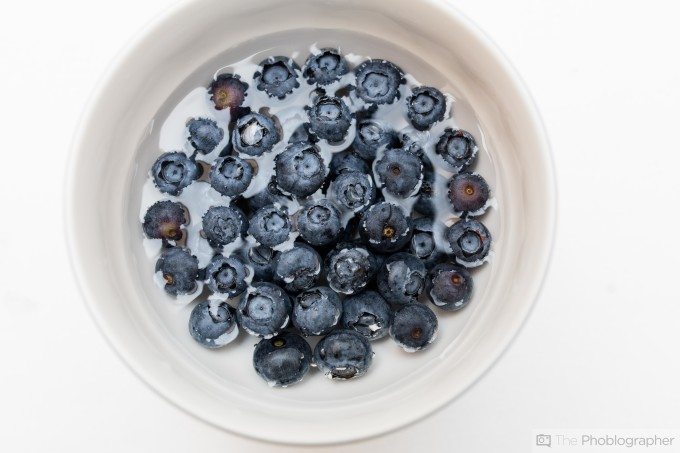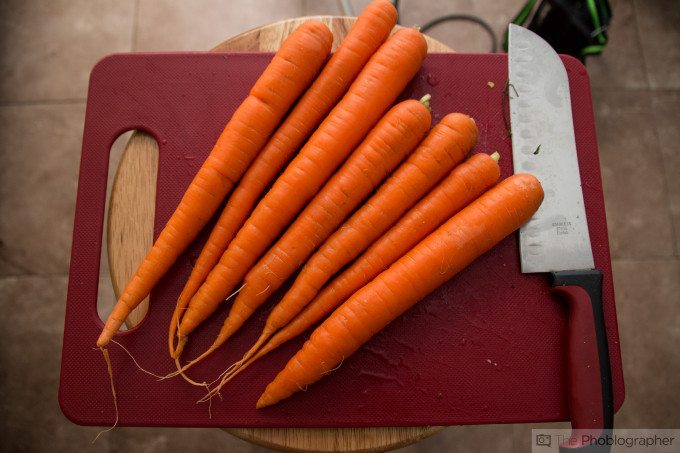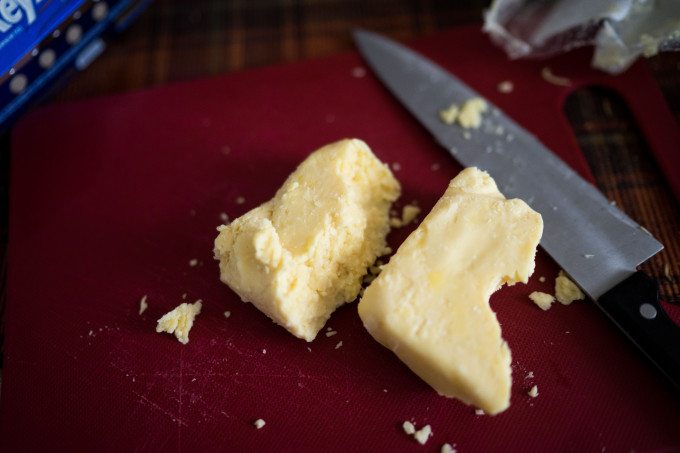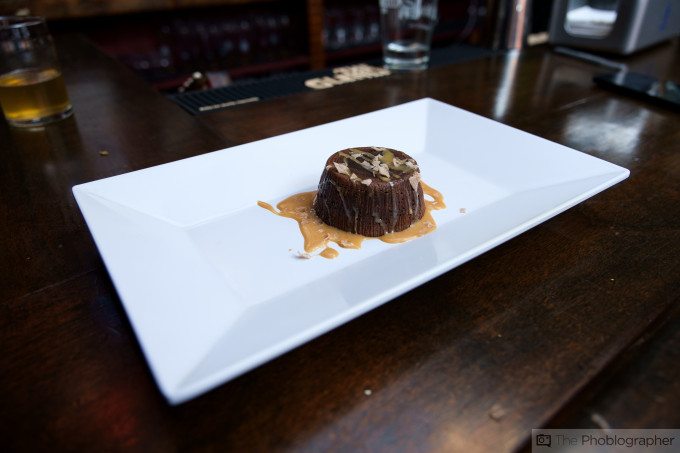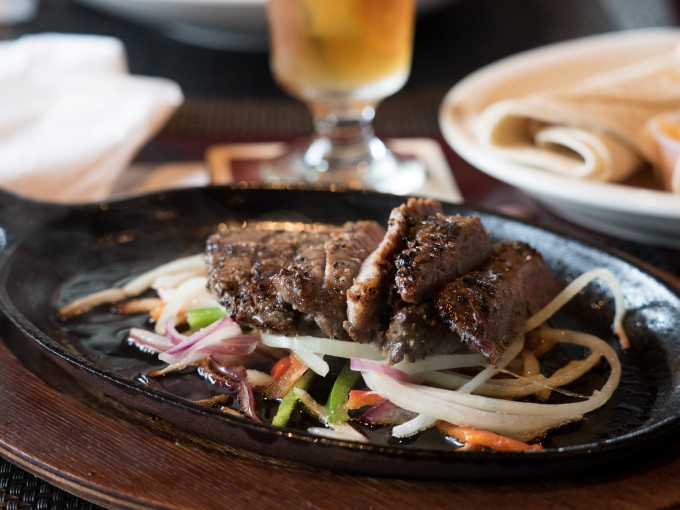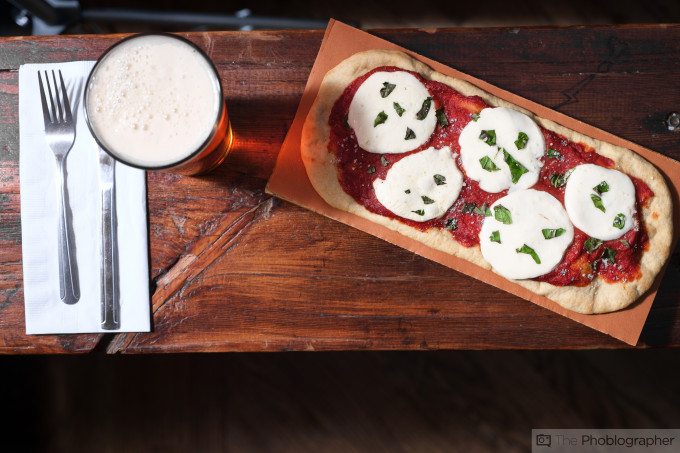That beautiful natural light effect that everyone loves in their food photography can be created at any time of day or night–and you don’t need to wait for the best times of the day for it to happen. By using a flash (mostly out of the hot shoe but sometimes in it) you can create those really beautiful food photos that make you want to indulge in all the things.
And to be honest, it’s really, really not hard to do. If anything, food photography with a flash is a one trick pony and what will make the images better are adding textures and interesting compositions/patterns. That part is all up to your own creative freedom.
Here’s how you can use flash for better food photography.
Bounce The Light Off of a Window
One of the most basic tricks that we tend to do often is bouncing the flash output off of a window. When you do this, you augment the already existing natural light and therefore not only give it more power but also add more punch to the scene.
To do this, simply place the flash or strobe right near a window. Open the shades or curtains and aim the flash head toward the window. When you set the flash off wirelessly, you’ll create the illusion of lots of natural light.
Aim the Light Up and Forward
If you’re not the type to use the flash out of the hot shoe (though we really recommend doing so) then point the flash forward and up towards a window of some sort. When you do this, the output will hit the window, bounce back and also give less of an effect of a direct flash hitting the subject matter.
To make the most use of this tip, you’ll need to bring the food item closer to a window and therefore have yourself close to said window. When you combine this tip with a couple of the others in this post, you’ll get that special look that we’re talking about.
Use the Wide Angle Diffuser
One of the most underused features of modern flashes is their wide angle diffuser. What this does is literally make the light output cover a wider area. As per the rules of lighting, the larger the light source the softer the light will be. When you use the wide angle diffuser, you’ll make the light output larger.
Flashes have many zoom settings. The more telephoto the zoom setting, the more narrow the beam and therefore the harsher the light will be. In this case, make the light as large as it possibly can be by manually zooming the flash head.
Use a Reflector to Fill the Shadows
If your flash is facing a specific direction, then that means that shadows will occur in the opposite. Sometimes you’ll want that–but that’s very subjective and very situational based on your own tastes (pun not intended, but good try, right?)
Place a reflector on the back side of the flash if it’s out of the hot shoe. That will take the light bouncing off of the window and bounce it one more time into the shadows. By doing this, you’ll lighten the shadows.
If your shutter speed and ISO settings allow it, you can also just shoot at a slower shutter speed. The slower the shutter speed, the more ambient lighting will be let into the scene.
Add Water or Oil to Add Even More Glisten
By adding a flash of water or oil to your food, you can bring out more details. Try dabbing a paper towel with either of the liquids and painting it over the food. When the flash hits these areas, they’ll render more contrast and therefore more detail in the photos.
This is a great way to fool the viewer into thinking that the image is sharper than it actually is.
Happy shooting!


